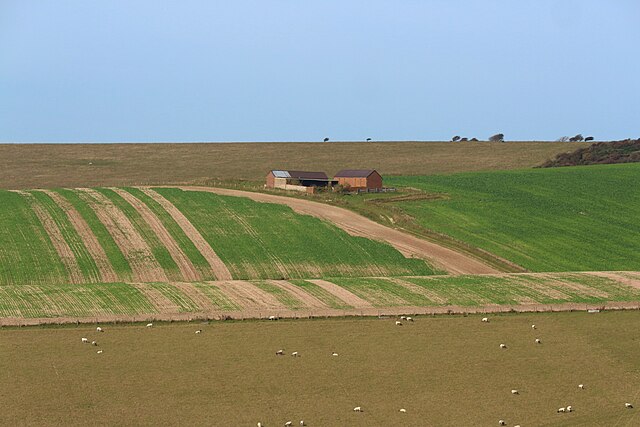American stocks fell by 6% between July 31 and August 5, 2024, triggering trade fears of a looming economic recession. This could therefore be a good time for farmers in the United States to contemplate how historical recessions have impacted their income.
In the current scenario, Standard & Poor 500 (S&P 500) was the first to report the sudden 6% drop in stock values. This followed a lengthy period of slow stock market growth.
While this might just be a passing phase with no parallels to the severe 2008 economic downturn, it still raises worries.
Traders of corn and soybeans, in particular, are looking to the markets because of their big futures investments.
However, they need not worry as data on every recession since 1929 shows a few periods when agriculture actually thrived.
The obvious exception is the Great Depression in 1929 when stock markets collapsed and farm income sank together with the GDP. This was because purchasing demand fell and weakened food prices, even as farm inputs grew expensive.
Positive Recessions
Then there was the 1941-45 recession during World War II, which surprisingly proved to be a positive time for farmers.
The reason for this growth despite the general economic slowdown was inflation, which helped farmers gain a price edge.
Another near-similar economic slowdown that proved good for farmers is as recent as the COVID-19 period. American farmers in particular not only received international tariff war benefits, but also got direct payouts known as COVID relief. This way their income grew even when the markets were collapsing due to lack of distribution.
Corn & Soy Performance
There is also the example of how two of the most important traded grains have performed over weak economic periods.
Corn, for one, has showed an almost enviable performance in the 9 recessions that have happened between 1960 and 2020. During this period, corn futures rose 5 times and lost 4 times.
The same is not true of soybean futures, whose recession-time futures proved 5 times strong and 4 times weak beginning 1960.
Interestingly, these performance trends baffle analysts who still find it hard to predict how corn and soybean futures will perform.
In short, the 2024 economic recession threat could put agriculture vulnerable without direct government payouts. To learn more how a recession impacts agriculture, read on in the statistics’ section below.
United States Agriculture vs Economic Recession Statistics
1929: the stock market crash in 1929 which depreciated stock values led to a nearly 10-year long economic recession. Between 1930 and 1935 during the Great Depression, 750,000 family farmers in the U.S. lost their farms through mainly bankruptcy. Meanwhile, Oklahoma saw 18.4% of its farming population leave in 1930 for the more prosperous western states like California.
1941: during World War II, inflation rose exponentially but farmers cashed in on high food prices due to wartime supplies. For this reason, in 1941, 58% of American farmers owned cars, 25% had telephone and 33% were on the electric grid, a great leap. The high prices of food also helped landlords mechanize their farms, and yields rose.
1980: the ‘80s marked the sharpest agricultural recession since the Great Depression. Farmers who had invested and borrowed heavily now found nowhere to sell their grain during the trade embargo of 1979 against the Soviet Union. By 1987, Congress had allocated $4 billion to help farming institutions via the Agriculture Credit Act. The 1980s recession also saw nationwide farm count recede to a third of its 1935 high. While in 1935 American farm numbers had peaked at 6.8 million, in 1990 there were just 2.1 million farms.
How have farm incomes performed since 1929?
Graph representations show farm incomes around $10 billion in 1929 and below $20 billion in 1984, the two worst economic periods. In contrast, the U.S. Department of Agriculture (USDA) forecasts the 2024 net farm income at $121.7 billion. However, the yearly cash farm income is to decline by 27.2% in 2024 to $72,000 per farm per year.
